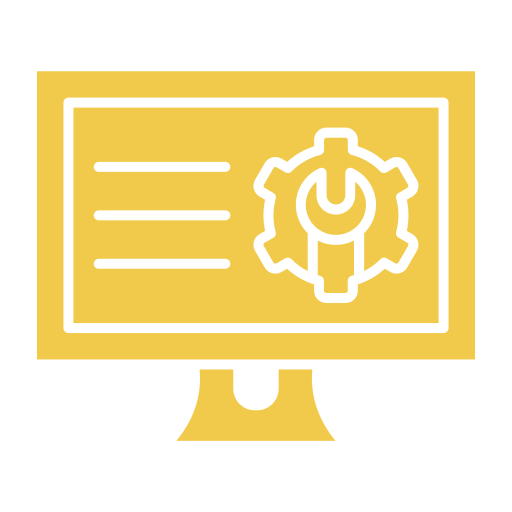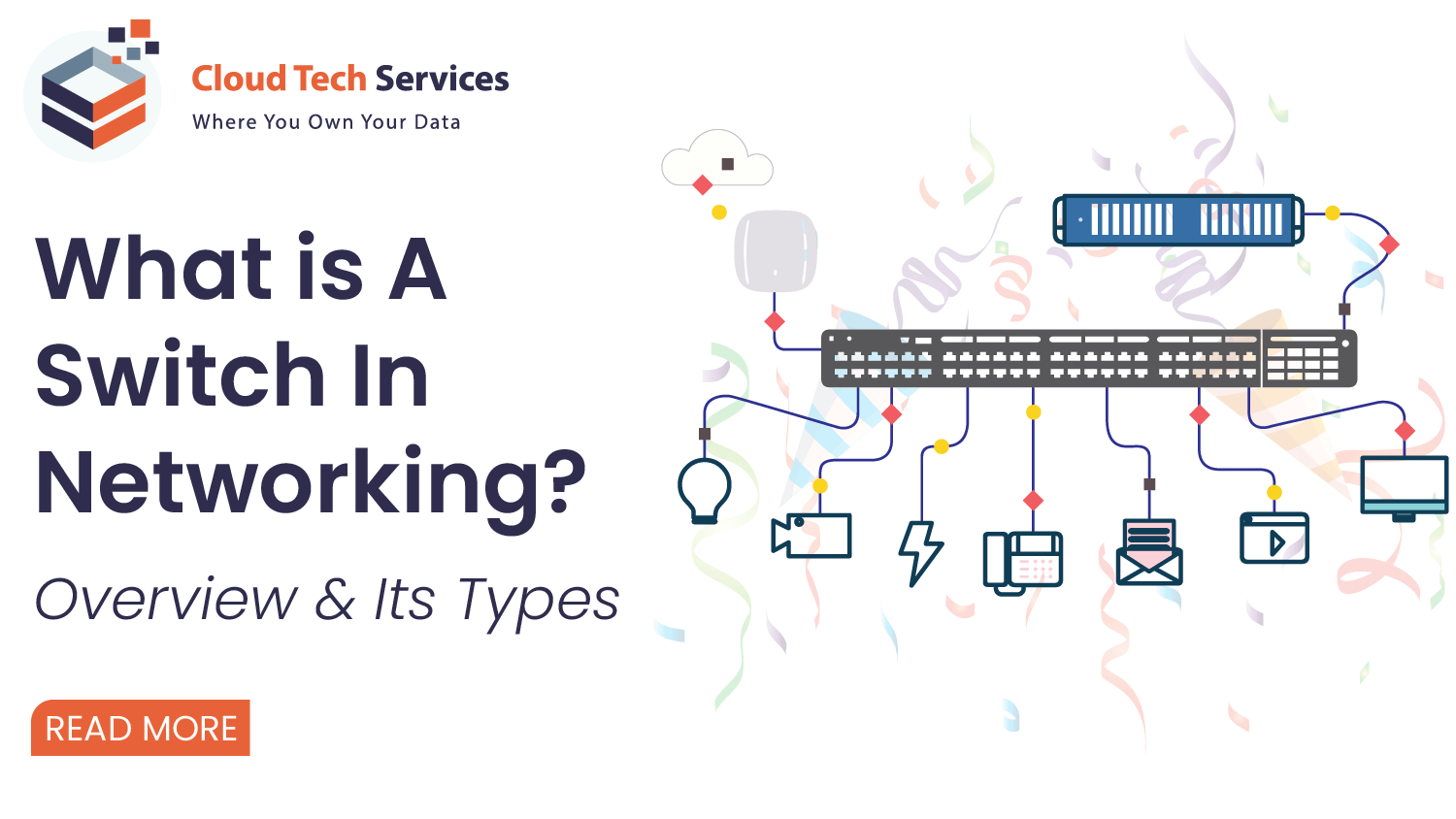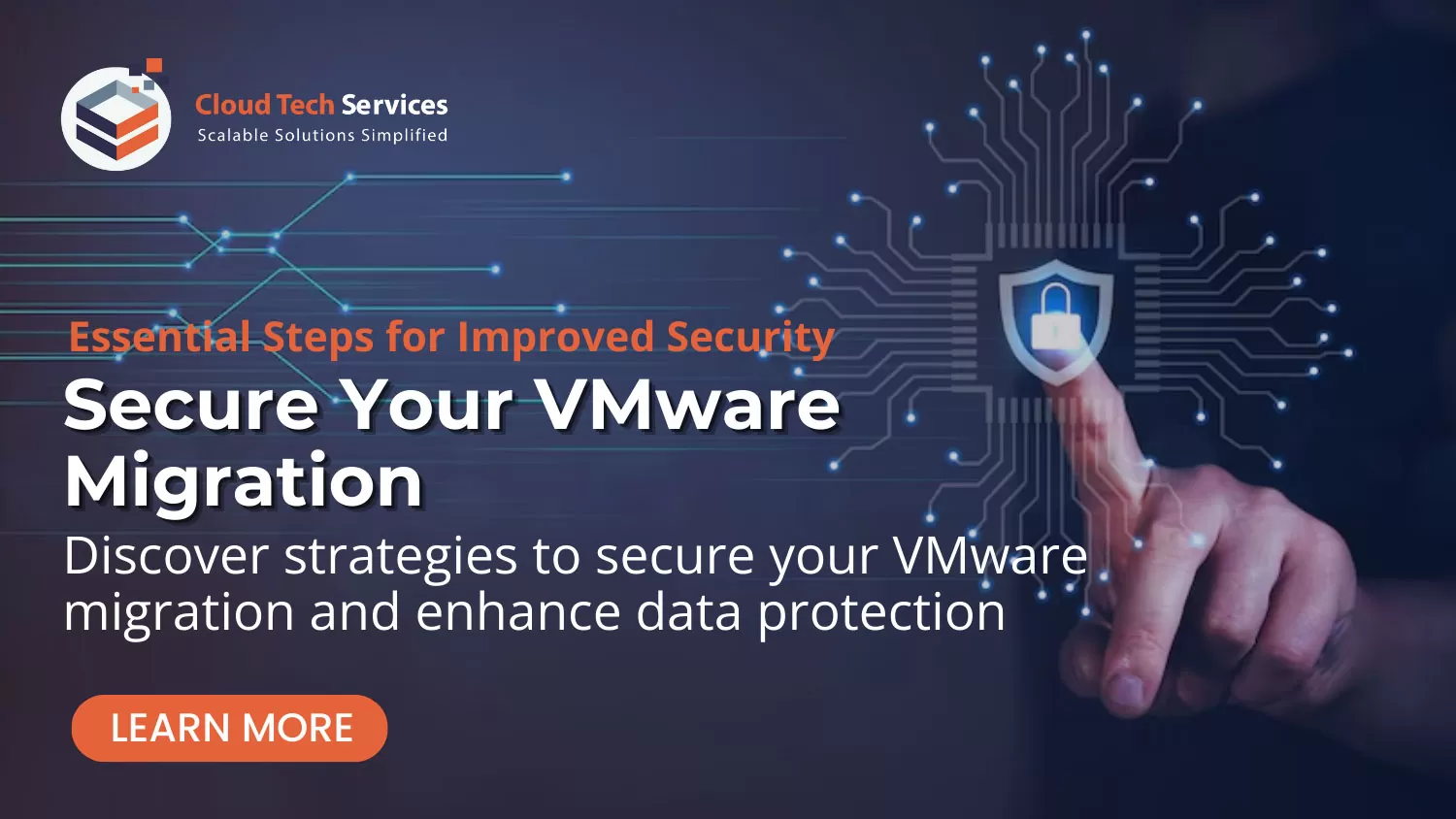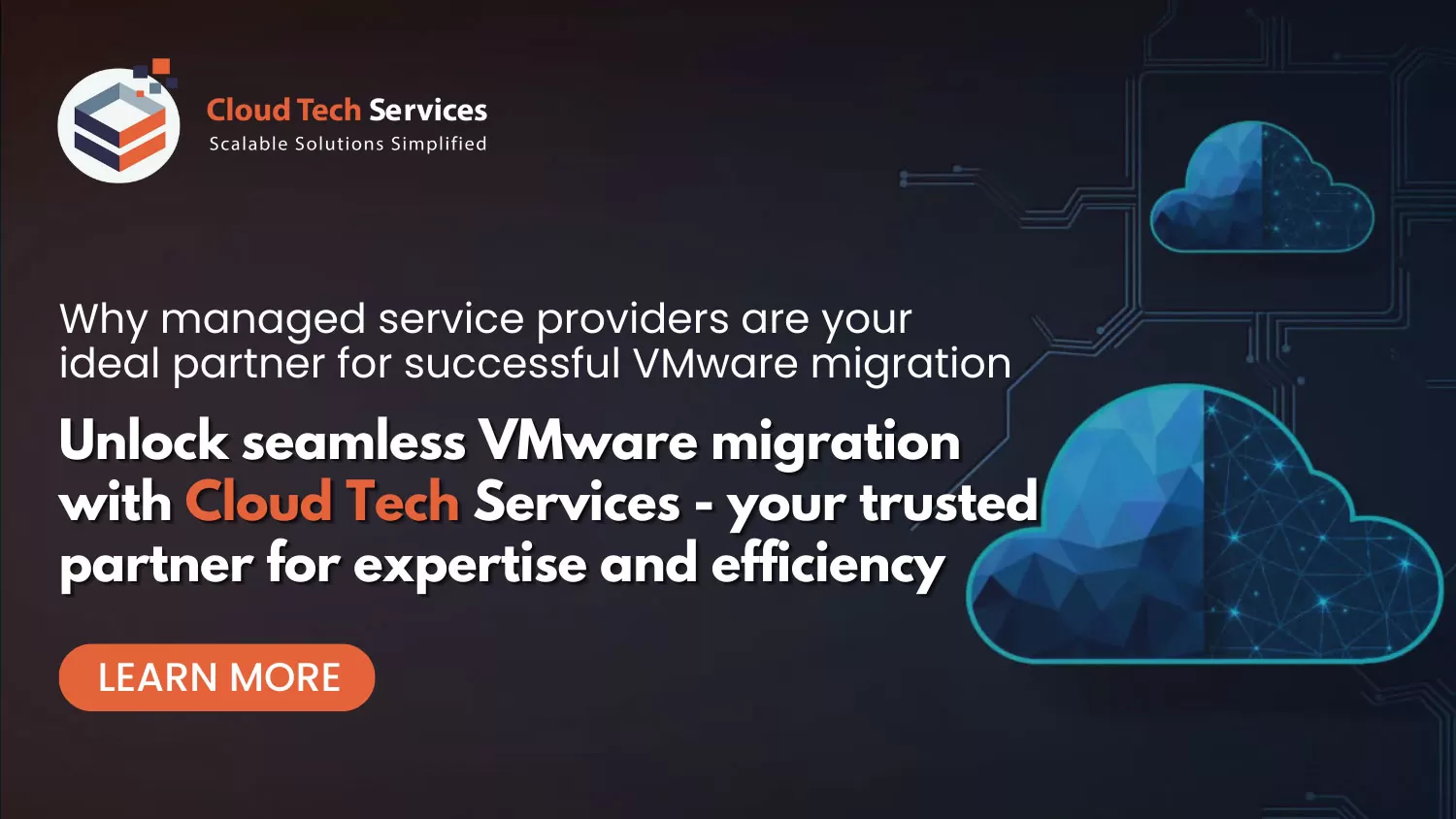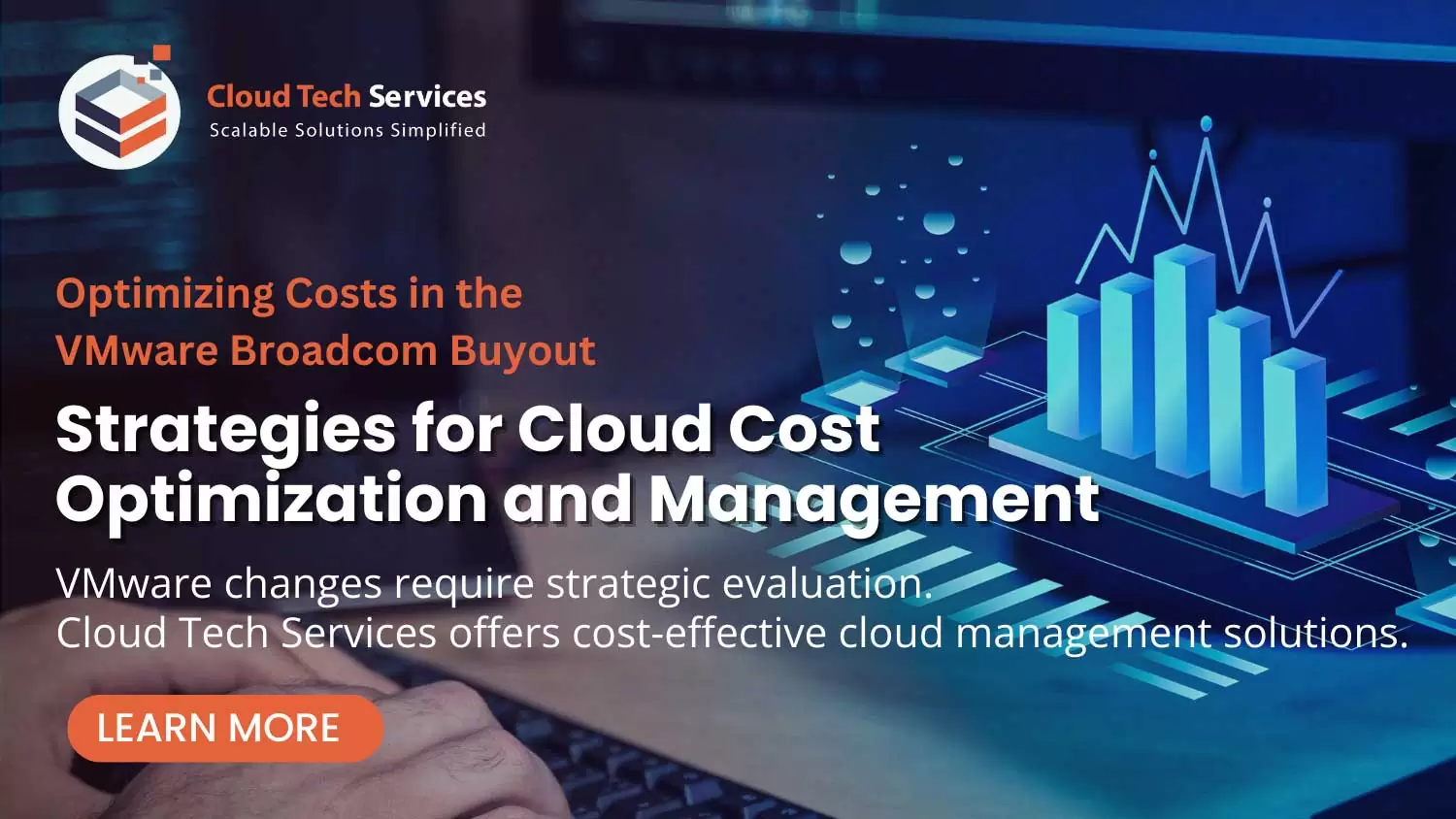Is Legacy IT System Quietly Costing Your Business More Than You Think?
Blog Overview
Legacy IT systems can quietly disrupt operations, drain budgets, and increase security risks often without warning. For mid-sized businesses with lean IT teams, delaying hardware upgrades may seem cost-effective, but End-of-Life (EOL) systems bring hidden risks: higher chances of data breaches, compliance failures, and unexpected downtime.
Cloud Tech Services (CTS) brings visibility, control, and strategic modernization to organizations struggling with hardware nearing the end of life. While businesses obsess over digital transformation and cybersecurity, a quieter threat is eroding performance from within End-of-Life (EOL) hardware, a major blind spot in IT risk management.
Table of Contents
The Hidden Impact of EOL Systems
Outdated hardware can cripple core operations, often without an obvious trigger. CTS has identified key risks organizations face when they continue relying on unsupported infrastructure:
- Security Exposure: No updates would be easier entry points for cyberattacks.
- Unplanned Downtime: Hardware failures lead to costly outages and productivity loss.
- Rising Costs: Emergency fixes and extended warranties would drain budgets.
- Compliance Risks: Unsupported systems can breach industry regulations.
- Blocked Innovation: Legacy systems delay cloud adoption and automation.
Each of these risks reflects a failure to manage the stages of end of life effectively making EOL management a critical component of enterprise-wide IT risk management.
"Explore the Impact of CTS in Cutting Costs and Downtime by
Staying Ahead of EOL & EOS"
How CTS Proactively Manages EOL/EOS Risk for Secure, Future-Ready IT
Automated Detection of EOL/EOS Assets
Advanced automation tools continuously identify end-of-life and end-of-support systems, eliminating manual tracking and reducing operational risk.
Proactive Alerts for Timely Response
Built-in notification systems flag EOL/EOS assets early, enabling IT teams to act before issues impact operations.
Improved Cyber Resilience
Identifying outdated and unsupported infrastructure strengthens the overall security posture by allowing for timely isolation or replacement of vulnerable systems.
Security Assurance Through Visibility
EOL systems often lack critical patches, creating exploitable gaps. Proactive identification helps eliminate these security liabilities.
Preparing for Future-Ready Environments
Decommissioning obsolete assets clears the path for adopting modern solutions, enhancing scalability, innovation, and IT modernization efforts.
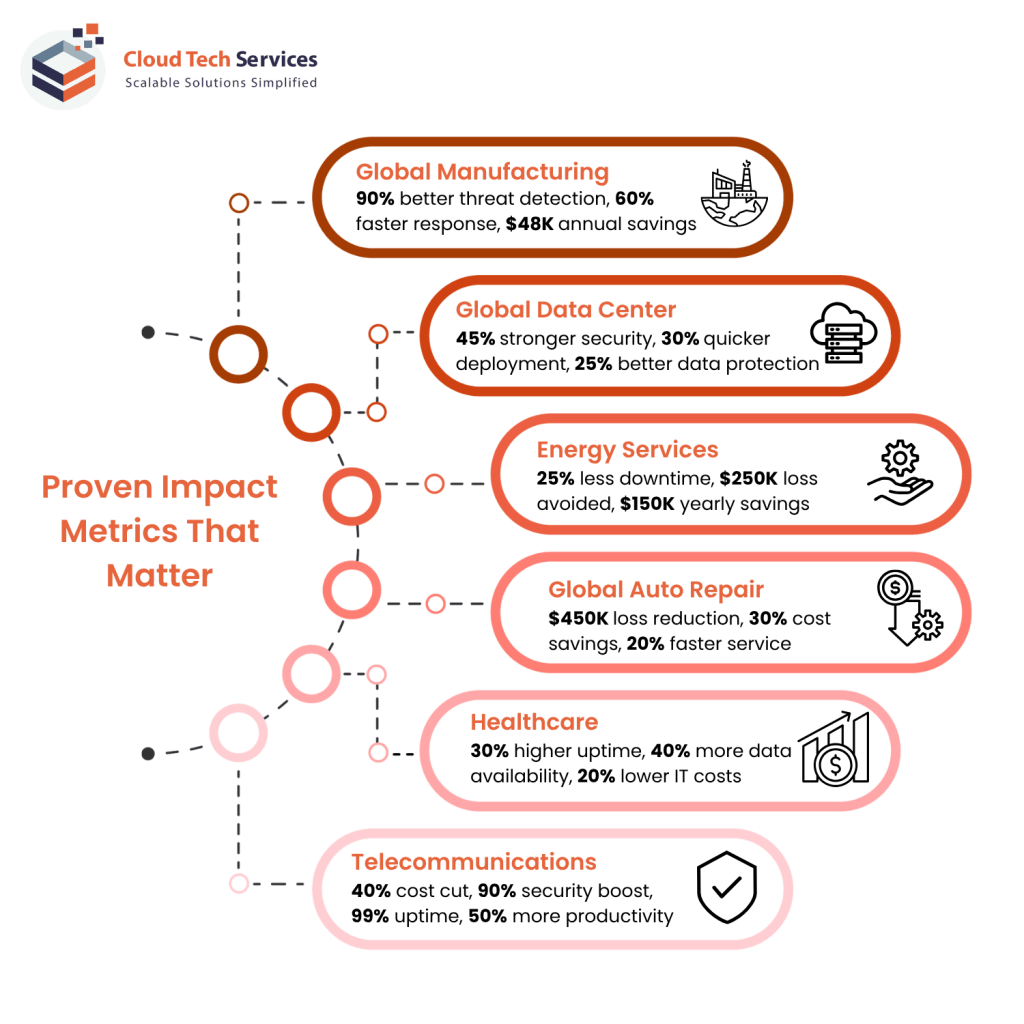
Why CTS for EOL Modernization?
- 300+ IT experts specializing in mid-market agility and cost optimization
- Experience across VMware, hybrid cloud, and secure data lifecycle management
- Proven track record with 5,800+ successful IT projects
- Outcome-driven services aligned with your business growth
Don’t Let Legacy Systems Drag You Down
End of life doesn’t mean end of options. CTS helps you transition from reactive IT operations to strategic modernization supporting every phase of IT risk management while guiding you through the stages end of life with confidence, clarity, and control.
Ready to stop hidden IT costs from draining your business?
Partner with CTS to modernize your legacy systems for stronger security, higher performance, and better cost efficiency.


